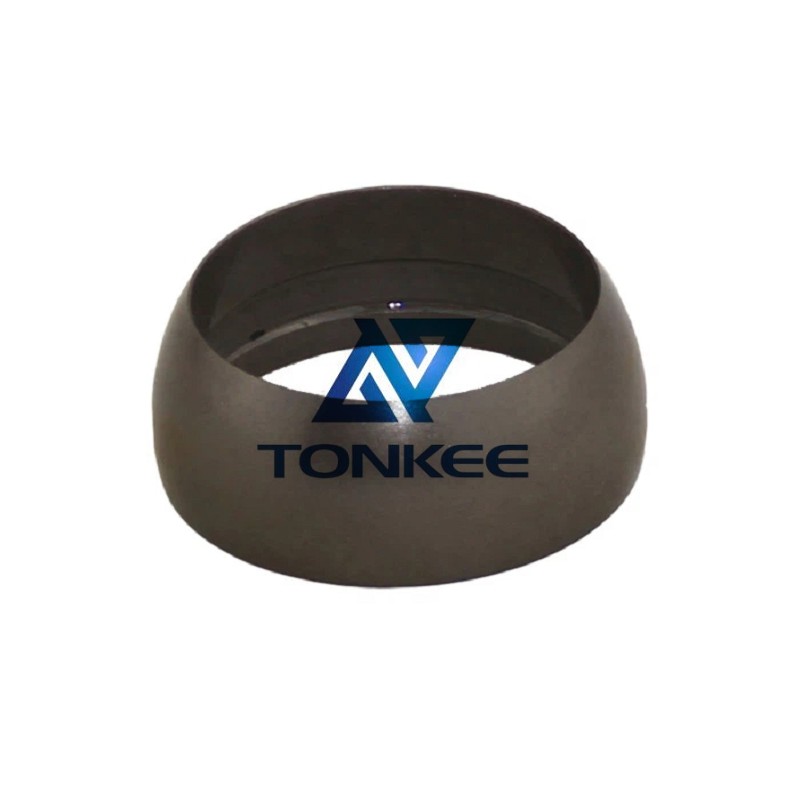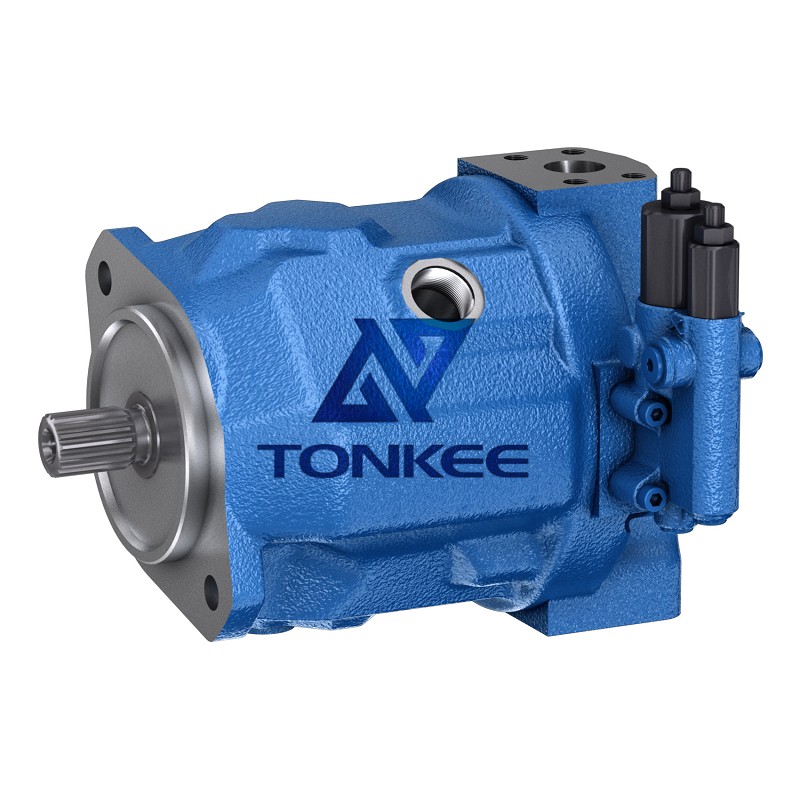
Pump Housing: The pump housing is the main body of the main pump, typically made of high-quality cast iron or steel.
It provides a sturdy and durable structure that houses the internal components of the pump, protecting them from external damage.
Piston Assembly: The piston assembly consists of multiple pistons that move reciprocally within the pump housing. These pistons are driven by an eccentric shaft connected to the engine or motor. The movement of the pistons creates a pumping action, drawing in hydraulic fluid from the reservoir and delivering it at high pressure to the hydraulic system.
Cylinder Block: The cylinder block is a crucial part of the main pump that contains the cylinder bores in which the pistons move. It is usually made of high-grade alloy steel to withstand the high pressures generated during operation. The precise machining of the cylinder block ensures smooth movement of the pistons and minimizes internal leakage.
Valve Plate Assembly: The valve plate assembly is responsible for controlling the flow of hydraulic fluid within the pump. It consists of a valve plate with precision-machined channels and ports, which direct the fluid to and from the pistons. The valve plate assembly also includes various check valves and pressure control valves that regulate the pressure and ensure efficient operation of the pump.
Drive Shaft: The drive shaft connects the main pump to the engine or motor, transferring the rotational motion to the eccentric shaft. It is designed to handle high torque loads and is typically made of hardened steel or alloy.
Bearings: The main pump incorporates several bearings to support the rotating components and reduce friction. These bearings ensure smooth operation and increase the overall efficiency of the pump. Common types of bearings used include ball bearings and roller bearings, which are selected based on the load and speed requirements.
Seals and O-rings: Seals and O-rings are essential components that prevent hydraulic fluid leakage from the main pump. They are installed at various points, such as between the pump housing and cylinder block, and between the cylinder block and valve plate assembly. High-quality seals and O-rings made of durable materials, such as nitrile rubber or polyurethane, are used to ensure proper sealing and longevity.
Pressure Relief Valve: The pressure relief valve is a safety feature integrated into the main pump to protect the hydraulic system from excessive pressure.
It opens when the pressure exceeds a specified limit, allowing excess fluid to bypass back to the reservoir, preventing damage to the pump and other system components.
Filtration System: The main pump may include a built-in filtration system or have provisions for external filters. These filters help maintain the cleanliness of the hydraulic fluid by removing contaminants and preventing them from entering the pump or other hydraulic components. Clean fluid is essential for the longevity and efficient operation of the pump.
Performance Specifications: The CAT320D(AP-12) main pump is designed to deliver specific flow rates and pressures to meet the hydraulic requirements of the machine. The flow rate is typically measured in liters per minute (LPM) or gallons per minute (GPM), while the pressure is measured in pounds per square inch (PSI) or bars. The exact specifications may vary depending on the specific model and configuration of the CAT320D(AP-12).





 English
English português
português Русский язык
Русский язык










